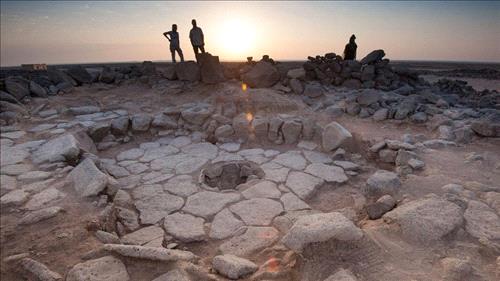-
Top Stories -
Most Popular
-
Saudi Arabia’s King enters hospital for routine checkup
-
King orders holding elections for House of Representatives
-
King bids farewell to Kuwait emir at conclusion of state visit
-
Elections for governorate councils' heads results revealed
-
Jordan witnesses decline in international visitors number by 10% in Q1
-
Gaza protests grow at US colleges against Israel
-
North Korea leader Kim's sister: we will build overwhelming military power
-
Jamaica recognizes State of Palestine
-
JD47.4 .. Gold Prices record historic surge in local mark
-
420 Israeli colonists storm Al-Aqsa Mosque on Wednesday
-
Biden says China 'cheating' on steel prices
-
Customs department thwarts cigarette smuggling attempt
-
Number of arrivals to Jordan via low-cost, regular flights declines by 50%
-
Oil settles slightly higher as Iran plays down reported Israeli attack
-
GPS disruption to continue over military threats, TRC says
-
JIACC: Customs employee detained after embezzling JD48,250 within 4 months
-
Jordanian tourism departures surge by %25.3
-
Drug dealers arrested across Jordan, one classified as dangerous
-
Army carries out 7 airdrops on Gaza with international participation
-
Warm weather in most regions until Sunday
World’s oldest bread found at prehistoric site in Jordan
18-07-2018 04:06 PM
Ammon News - AMMONNEWS - Charred remains of a flatbread baked about 14,500 years ago in a stone fireplace at a site in northeastern Jordan have given researchers a delectable surprise: people began making bread, a vital staple food, millennia before they developed agriculture. |
- no comments
Ammon News reserves the right to delete any comment at any time, and for any reason, and will not publish any comment containing offense or deviating from the subject at hand, or to include the names of any personalities or to stir up sectarian, sectarian or racial strife, hoping to adhere to a high level of the comments as they express The extent of the progress and culture of Ammon News' visitors, noting that the comments are expressed only by the owners.
| name : * | |
| comment : * | |








 comment replay
comment replay 